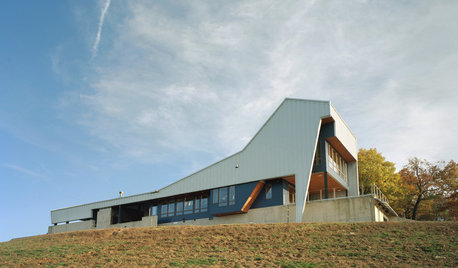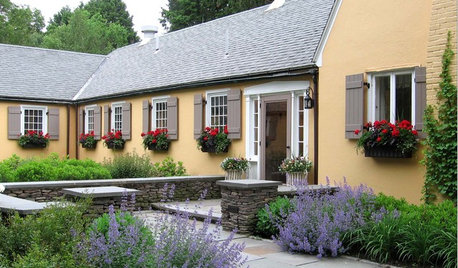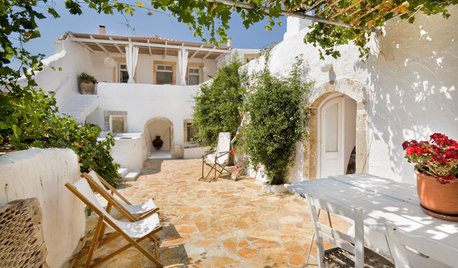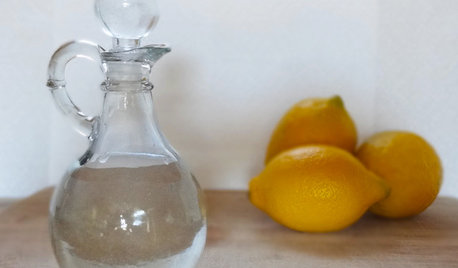Marseilles VS
16 years ago
Related Stories

HOUZZ TOURSHouzz Tour: A Hillside Home Commands Attention and Views
Striking for its almost alien form, this asymmetrical Arkansas home makes the most of metal panels and sweeping vistas
Full Story
LANDSCAPE DESIGNLay of the Landscape: French Garden Style
Symmetry and geometry define this decorous landscape style, appropriate for both grand gardens and intimate spaces
Full Story
BATHROOM WORKBOOK12 Ways to Get a Luxe Bathroom Look for Less
Your budget bathroom can have a high-end feel with the right tile, stone, vanity and accessories
Full Story
COFFEE WITH AN ARCHITECTAn Architect's Calling Cards: Part 2
In the battle against social awkwardness, an intrepid architect calls upon ... what else? His design skills
Full Story
LIFEStay Free With House Swapping
Imagine paying nothing for your vacation lodging. With house swapping in more than 150 countries, it's possible
Full Story
DECORATING GUIDESDesign Details: Colorful Lampshades
Pick an Unexpected Hue to Top Your Table Lamp or Sconce
Full Story
HOUSEKEEPING12 Cleaning Projects That Go a Little Deeper — Naturally
Eucalyptus oil for germy door handles. Baking soda for oven grime. Here are nontoxic solutions for often-overlooked cleaning jobs
Full Story
HOUSEKEEPINGVinegar and Voilà: Clean Your House the Natural Way
Ditch the commercial cleaners for nontoxic, inexpensive and versatile white vinegar
Full Story
KITCHEN DESIGNA Designer Shares Her Kitchen-Remodel Wish List
As part of a whole-house renovation, she’s making her dream list of kitchen amenities. What are your must-have features?
Full Story
PHOTO FLIP71 Dream Bathtub Views
Soak in the sights with this collection of tantalizing tubs and inspiring vistas
Full Story







alsfigs
UserOriginal Author
Related Professionals
Maple Valley Landscape Architects & Landscape Designers · Grand Haven Landscape Architects & Landscape Designers · Wheeling Landscape Architects & Landscape Designers · Zion Landscape Architects & Landscape Designers · Stamford Landscape Contractors · East Lake-Orient Park Landscape Contractors · Hickory Hills Landscape Contractors · The Woodlands Landscape Contractors · Woodburn Landscape Contractors · Wentzville Decks, Patios & Outdoor Enclosures · Collierville Fence Contractors · Delhi Fence Contractors · Framingham Fence Contractors · Piedmont Fence Contractors · Genesee Stone, Pavers & ConcreteUser
User
UserOriginal Author
german_figfriend
User
gorgi
gorgi
german_figfriend